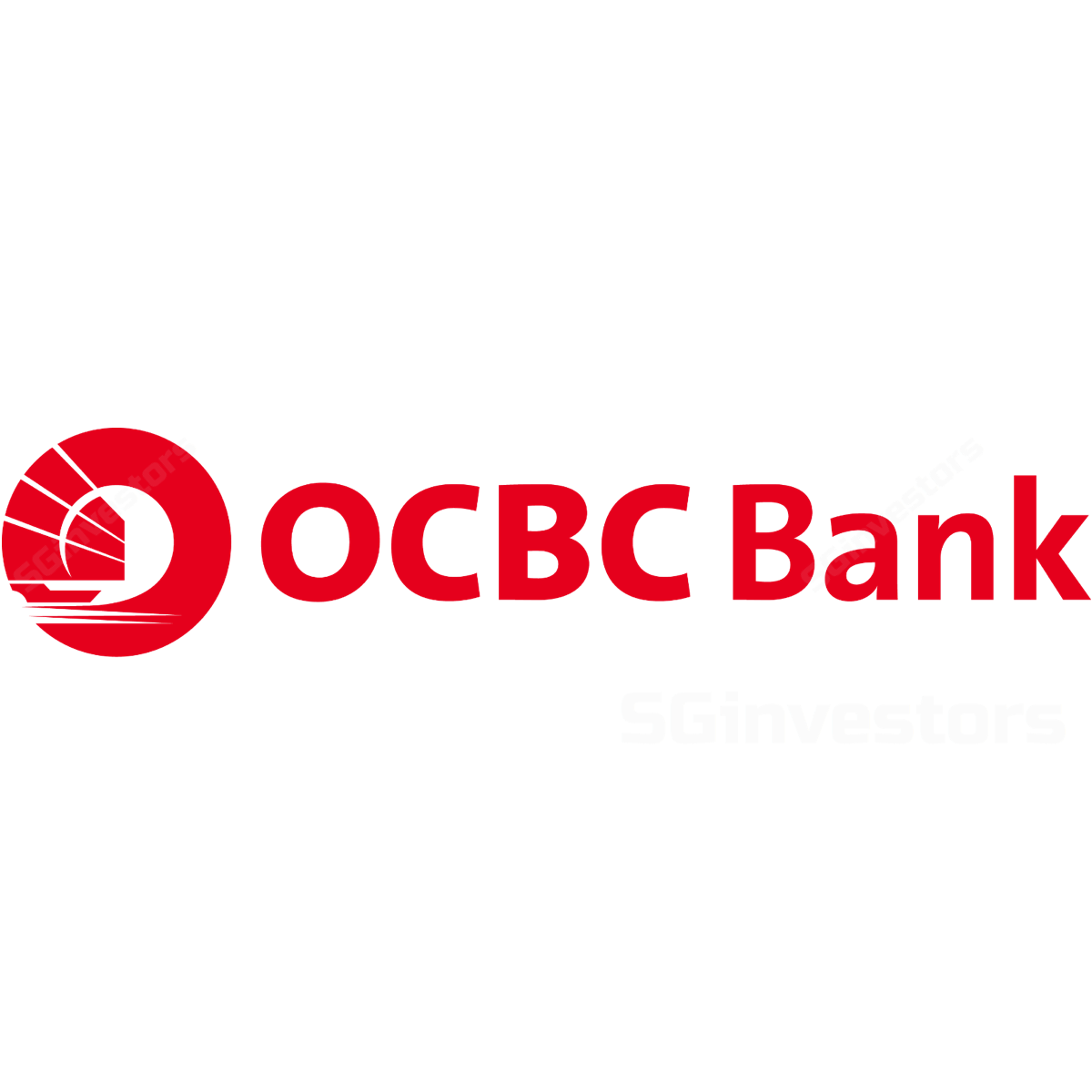 OVERSEA-CHINESE BANKING CORP (SGX:O39)
OVERSEA-CHINESE BANKING CORP (SGX:O39)
OCBC - Delivering Higher Dividends
- Strong insurance and trading income bolsters 4Q19 performance to exceed expectations.
- COVID-19 will hit revenues, credit costs.
- Final DPS increased to 28 Scts (4Q18: 23 Scts) representing full-year dividend payout ratio of c.47%; scrip dividends removed.
- Maintain HOLD, Target Price S$11.50.
Capital levels remain strong.
- As of 4Q19, OCBC Bank (SGX:O39)’s capital levels stood strong with CET1 ratio at 14.9% and total CAR at 16.8%, among the highest of its peers. OCBC’s management has previously maintained the need for strong capital levels amid volatile markets and for market opportunities (for instance, acquisitions). With no near-term opportunities in sight, OCBC has declared a higher final DPS of 28 Scts (4Q18: 23 Scts), bringing its full-year dividend payout ratio to c.47%. The bank also removed its scrip dividends, a move which we believe is welcomed by shareholders.
- We maintain our HOLD call as we believe there are limited catalysts for the stock currently, with uncertainty over potential credit costs arising from OCBC’s SME books across the region.
Net interest income improves.
- Net interest income of S$1.6bn improved 6% y-o-y/1% q-o-q, on loan growth and stable q-o-q NIM at 1.77% (4Q18: 1.72%), as cost of funding decreased amidst loan yield declines, while CASA improved.
- Going forward, OCBC expects NIM to trend below FY19’s level of 1.77%, above FY18’s level of 1.70%. We forecast NIM to decline c.5% in FY20F.
Strong performance from non-interest income.
- Non-interest income of S$1.3bn improved 58% y-o-y/24% q-o-q, on the back of strong net fees and commissions due to higher wealth management and credit cards fees, as well as strong Great Eastern Holdings (SGX:G07) performance.
- Notably, trading income continued to improve 35x y-o-y/74% q-o-q on the back of strong customer flows which contribute c.60-65% of overall trading income.
Slight uptick in loan growth.
- Loan book grew 4% y-o-y/1% q-o-q after a flattish quarter in 3Q19. Deposits grew 3% y-o-y/1% q-o-q, and as a result, LDR was flat at 86.5% (3Q19: 86.8%).
Lower credit costs in 4Q19; FY19 credit costs elevated.
- FY19 total credit costs were elevated at 25bps (FY18: 11bps) which is in line with guidance, due to special allowances taken in previous quarters largely in relation to oil and gas portfolio. Special allowances (stage3) was flat q-o-q, at S$271m, 35bps (3Q19: S$264m, 35bps).
New NPA formation lower.
- New NPA formation (corporates) in 4Q19 was lower at S$368m (3Q19: S$683m, average of S$461m for the last two quarters which were largely oil and gas related, offset by recoveries of S$537m (25% of recoveries are oil and gas related NPAs). NPL ratio was slightly higher at 1.5% (3Q19: 1.6%).
Higher dividends.
- OCBC has declared a higher final DPS of 28 Scts (4Q18: 23 Scts), representing a full-year dividend payout ratio of c.47%. The bank also removed its scrip dividends, a move which we believe is welcomed by shareholders. Capital levels stood strong with CET1 ratio at 14.9% (3Q: 14.4%), total CAR at 16.8% (3Q19: 17.0%). ROE for 4Q19 was 10.9% (3Q19: 11.4%).
Key takeaways from analyst briefing
COVID-19 impact.
- OCBC expects loan growth to be low in FY20F, with a slow 1H20 and some recovery in underlying businesses expected from 3Q20 which will affect net interest income. Revenues from cards, wealth management, loan-related fees are likely to see impact from slowing consumer sentiment and business disruptions. Overall, OCBC sees ~2% revenue impact arising from the COVID-19 outbreak.
- According to OCBC, customers in segments which will see first order impact (hotels, retail, F&B, hospitality, entertainment, health, gyms, airlines etc.) account for c.6% of its total loanbook, while customers in segments which may see second order impact (manufacturing customers with exposure or exports to China’s supply chain web) account for c.4% of its total loanbook.
Improvement in credit quality in FY20 could be partly absorbed by COVID-19 related credit costs.
- According to OCBC, c.65% of FY19’s elevated credit costs are oil and gas related. Taking into account customers suffering first order impact, credit costs could be 29-30bps. It is envisaged that government reliefs in Singapore, Hong Kong and China could defray some of the potential credit costs involved.
- Further, OCBC has taken in Macro Economic Variable (MEV) adjustments through 2H20 which may buffer some of the expected credit costs in FY20. OCBC also expects minimal oil and gas related allowances in FY20.
Valuation and recommendation
- Maintain Target Price at S$11.50. We see limited catalysts for the stock in the near term. Our S$11.50 Target Price is based on the Gordon Growth Model (11% ROE, 3% long-term growth, 11% cost of equity). This is equivalent to c.1.0x FY20F P/BV, which is below its average 10-year forward P/BV multiple. Our earnings revision of c.-2% to -3% is largely on the back of lower revenues and higher credit cost assumptions due to the ongoing COVID-19 situation.
- See OCBC Bank Share Price; OCBC Bank Target Price; OCBC Bank Analyst Reports; OCBC Bank Dividend History; OCBC Bank Announcements; OCBC Bank Latest News.
Rui Wen LIM
DBS Group Research
|
https://www.dbsvickers.com/
2020-02-24
SGX Stock
Analyst Report
11.500
SAME
11.500

